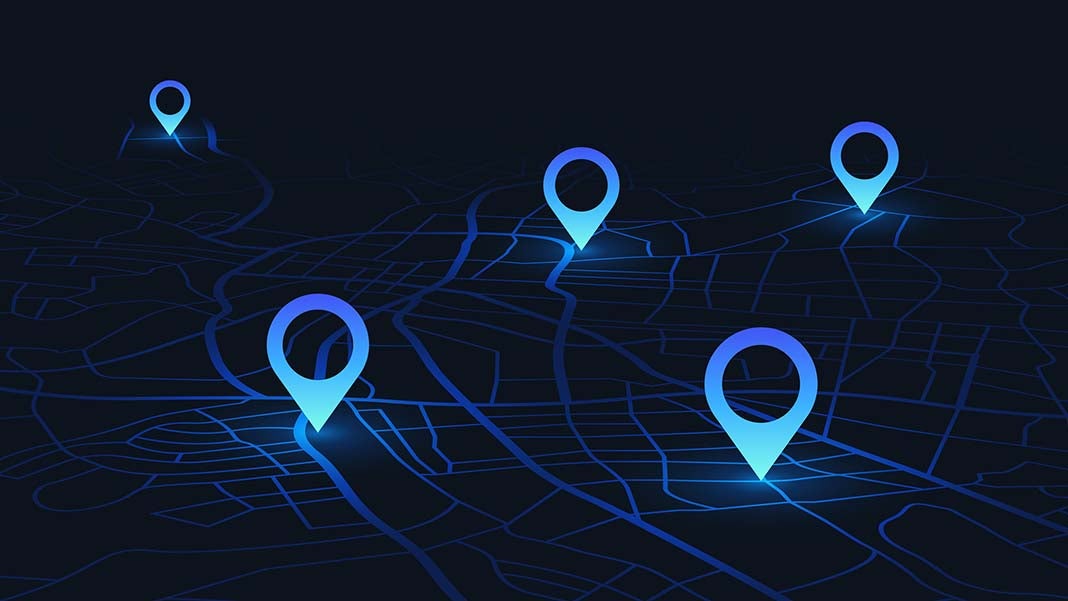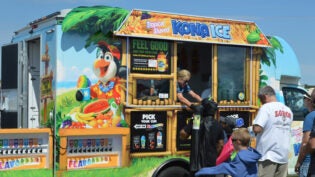Franchising Basics: Understanding Franchise Territories
By: Bill Bradley

While researching franchise opportunities, you’ll come across many using verbiage similar to “ask about exclusive territories” or “protected territories available.” It’s easy to jump to the conclusion that “territory” means no other franchisees in your franchise system can open a location in your exclusive/protected geographic area.
Unfortunately, that’s not always the case. Although “exclusive” and “protected” mean different things in the franchise space, many franchisors use the terms interchangeably. As part of the due diligence process, be sure to ask the franchisor to clarify what they mean by “exclusive” or “protected.”
Franchise attorney, Jeffrey M. Goldstein warns, “The actual territorial rights that are offered (if any) often are not clear in the Franchise Agreement or the Franchise Disclosure Document.”
So, let your friends at America’s Best Franchises give you the low-down, starting with the three types of franchise territories:
- Exclusive
- Protected
- Open or Nonexistent
What’s an Exclusive Territory?
An exclusive territory means no other franchisees in the same franchise system can open another location in your designated territory. That means your business is the only franchised location(s) in the geographic area assigned to you.
However, even though the region technically belongs to you, owning the exclusive territory doesn’t give you the right to open more locations in the same area unless the Franchise Agreements allows for it. If that seems odd, that’s because exclusive territories are divided in a myriad of ways.
Drawing the Lines
How are exclusive territories divided? Well, a franchisor can deem an exclusive territory as small as the four walls of your business or as large as an entire state. They sometimes also divide them by postal zip codes, natural boundaries, demographics or municipal limits. Ultimately, it’s at the franchisor’s discretion.
What’s a Protected Territory?
Unlike an exclusive territory, in a protected territory, franchisees in the same system are able to open a nearby location in the same geographic area.
Let’s say you open a franchise on First and Park. You’re the only business of your kind within a 5-mile radius until another franchisee from the same system opens a location on Second and Park. You can even see your customers walking into the other franchisee’s business from yours.
This practice is also known as encroachment. Go through your Franchise Agreement thoroughly to see if there is a possibility for encroachment.
Alternative Channels of Distribution
Other franchisees aren’t the only form of competition you may face. Sometimes, the Franchise Agreement includes a clause that allows the franchisor the right to sell their products or services in the same territory but online or at a supermarket, stadium, hotel, etc.
For instance, you may own the only Krispy Kreme franchise in the Las Vegas area but the franchisor can still sell the same donuts at local grocery stores in the same territory. The Franchise Agreement refers to examples like these as alternative channels of distribution. Especially with the advent of e-commerce, this is becoming a more common practice.
What’s an Open or Nonexclusive Territory?
Some franchises don’t offer territorial protection at all. That means the franchisor allows competing outlets like another franchisee- or company-owned location to open their doors near your business. Although you’d expect a franchisor would not want to “cannibalize” their own business, remember that without territorial rights, your business could be at risk of encroachment.
At the end of the day, it’s important to have a full understanding of your contractual rights. Review the terms of your Franchise Agreement and Franchise Disclosure Document with an experienced franchise lawyer to determine whether you have exclusive, protected or open/nonexistent territorial rights. If the franchisor is established enough, you may even be able to negotiate better territorial protections.
If you’d like to learn more about franchising, make sure to stop by our Learning Center.












